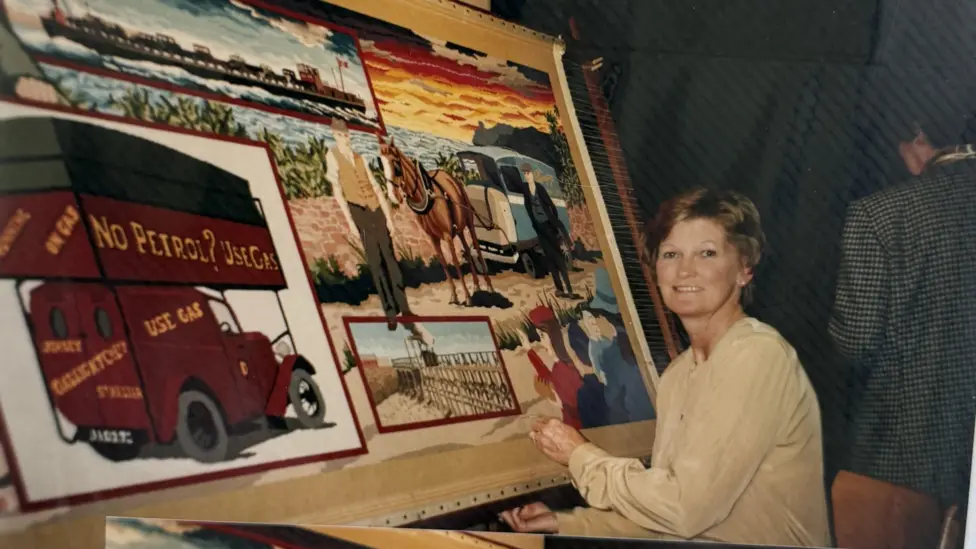Kids Dive into Fun at Easter Shark Egg Hunt
- markdarrenwilkinso
- Apr 16
- 2 min read

Jersey Children Join ‘Shark Egg Hunt’ to Learn About Marine Life
Children in Jersey are being invited to take part in a unique twist on the traditional Easter egg hunt — one that swaps chocolate treats for real-life marine discoveries.
Organised by the National Trust for Jersey, the “shark egg hunt” aims to engage young islanders in learning about the ray and shark species that inhabit local waters. The next event takes place this Thursday, with budding marine biologists heading to the shoreline to search for the egg cases of catsharks and blonde rays — the two most commonly found species around Jersey.
The hunt not only offers a hands-on learning experience but also contributes to a broader scientific effort. The National Trust confirmed that the findings from participants are recorded and shared with the UK-based Shark Trust, feeding into a national database that tracks species distribution and breeding patterns.
At a recent event held on the island’s east coast at La Rocque, eight-year-old Kiefer, one of the young participants, described the thrill of the hunt. “They look like mermaid purses — that’s what they’re called,” he said. “It’s great fun because I like finding all the stuff.”
Erin Cowham, senior education officer at the National Trust for Jersey, said the initiative helps children connect with the marine environment while contributing meaningfully to conservation.
“We call them citizen scientists,” Cowham explained. “The sharks and rays around Jersey are small and not dangerous. They lay their eggs out at sea, and once the cases hatch, they wash up on our beaches.”
She added that the data gathered locally is shared with the Shark Trust, which maps shark and ray populations across the British Isles. “It’s a great way for children to learn, have fun, and help protect our marine life at the same time.”
The event is ticketed and open to families looking to explore the island’s coastline while learning about its underwater residents.


